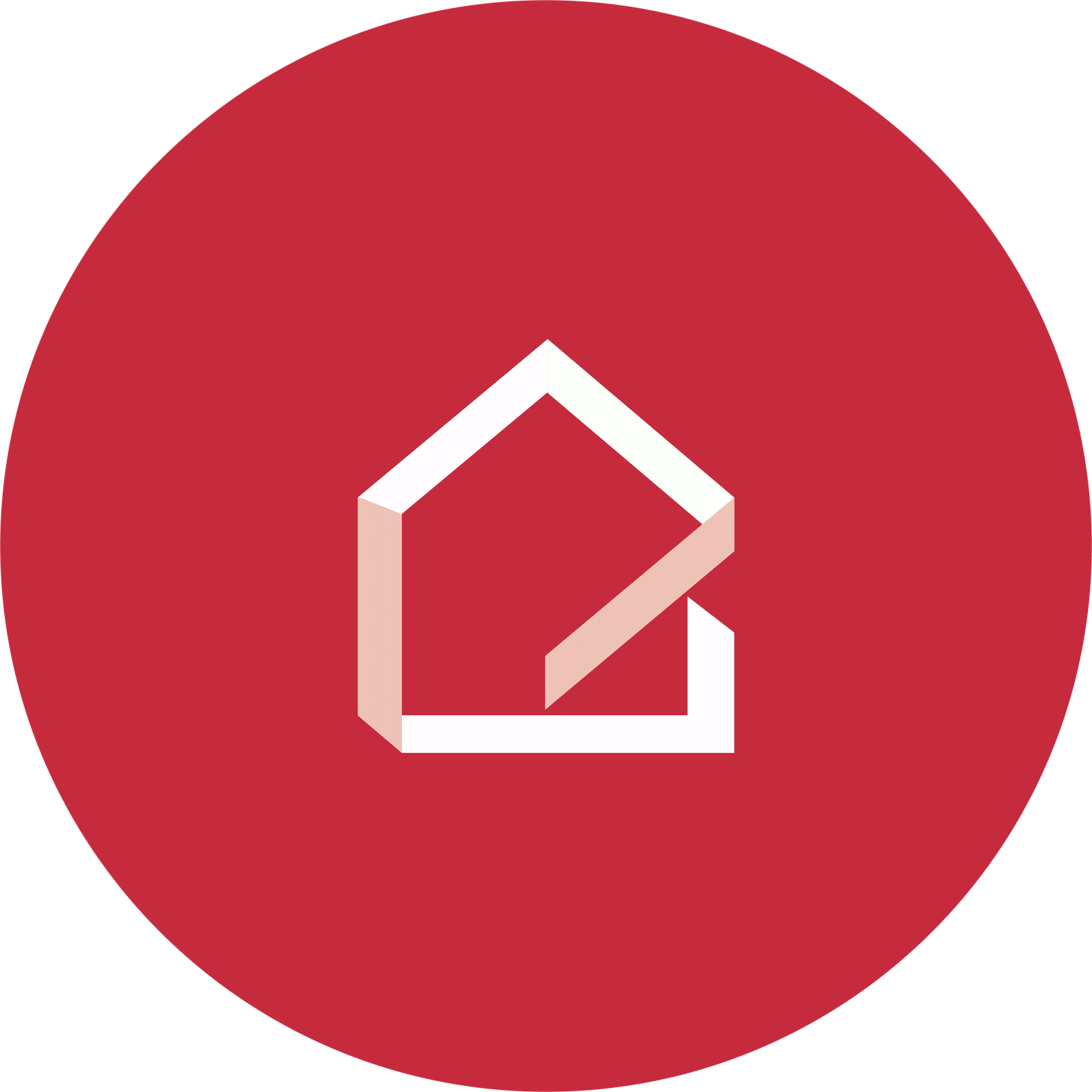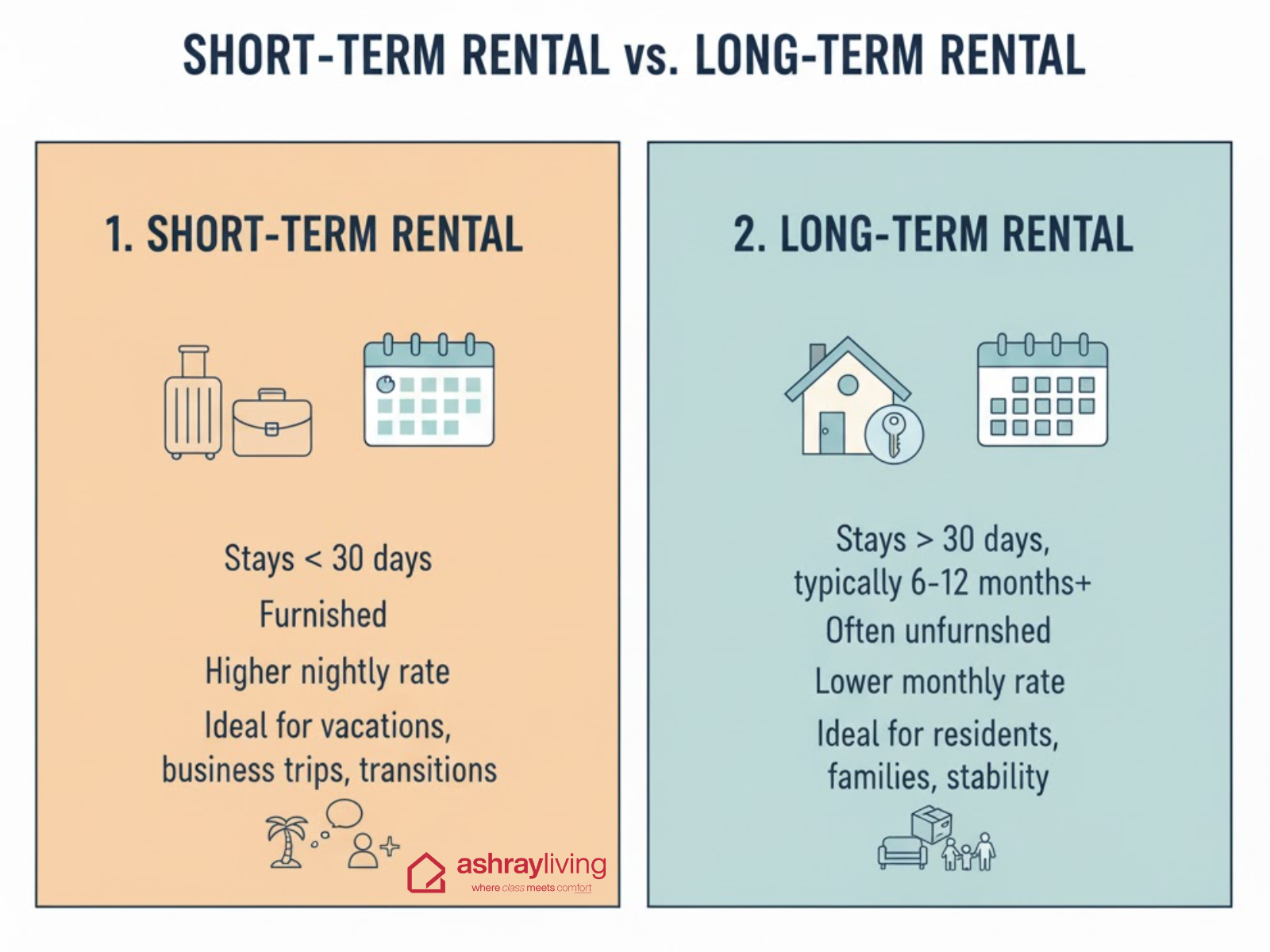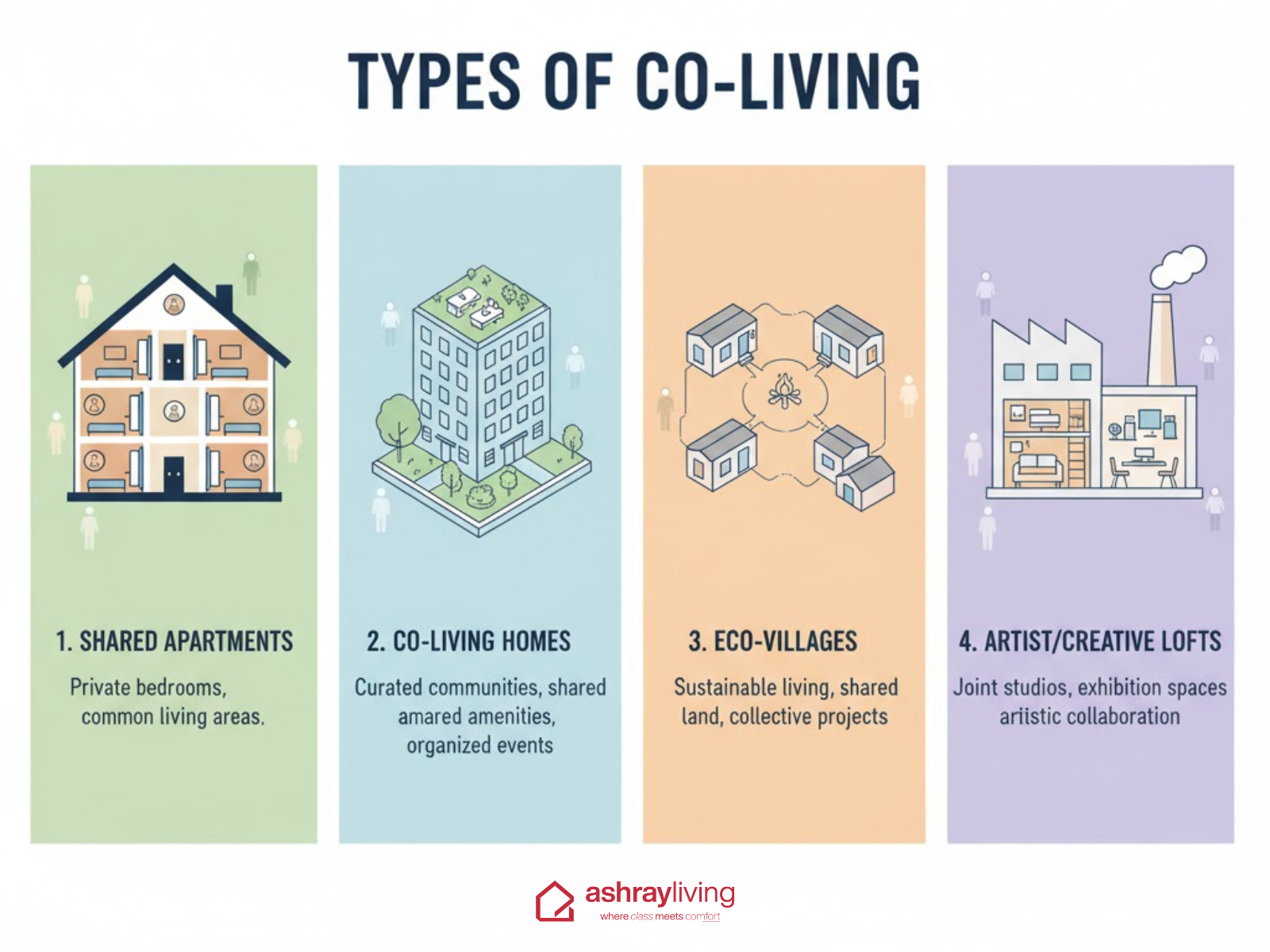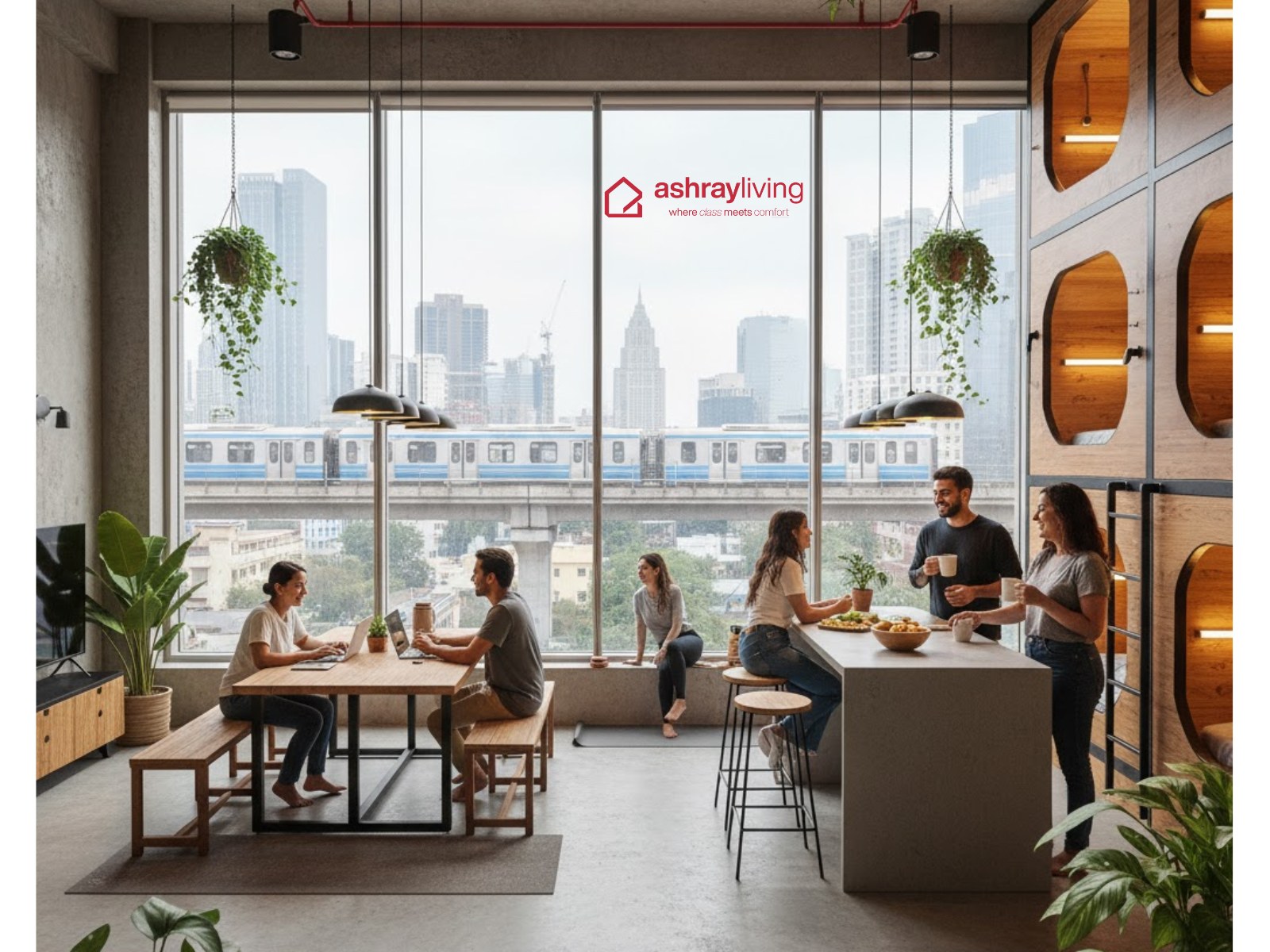
Embarking on the quest for the perfect accommodation entails more than just finding a place to stay—it's about discovering a haven that harmonizes with your lifestyle and aspirations. Delving into this pursuit involves a nuanced approach, where each question posed serves as a thread weaving together the fabric of your future living experience.
From the strategic placement of the location to the meticulous details of lease terms and amenities, every inquiry is a step towards crafting a bespoke environment tailored to your needs. This exploration isn't merely about square footage and rental rates; it's a quest for synergy between comfort, practicality, and personal taste.
By posing thoughtful questions, you unveil not just the physical attributes of a space but also the intangible qualities that transform a house into a home. Thus, armed with curiosity and discernment, you embark on a journey to uncover the sanctuary that resonates profoundly with your unique essence. So, without further ado, let’s dive into what are the things to ask when looking for accommodation with Ashray Living.
Questions To Ask When Choose a Accommodation?
1. Location
- Neighbourhood: Assess the overall atmosphere and community feel of the neighbourhood (e.g., lively, quiet, family-friendly).
- Safety: Look into local crime rates and neighbourhood watch programs for peace of mind.
- Natural Disasters: Research any history of floods, earthquakes, or other natural disasters specific to the area.
Proximity to Important Locations:
- Workplaces: Calculate commute times to major employers or business districts, considering traffic patterns and alternative routes.
- Schools: Determine the distance and quality of nearby schools, preschools, and daycares.
- Public Transportation: Check the distance to bus stops, subway stations, or commuter rail for easy access to public transit.
Amenities Nearby:
- Grocery Stores: Evaluate the variety, quality, and proximity of grocery stores and supermarkets.
- Pharmacies: Locate nearby pharmacies or drugstores for prescription pickups and medical supplies.
- Hospitals and Clinics: Identify hospitals, urgent care centres, and medical clinics in case of emergencies or routine healthcare needs.
- Restaurants: Explore nearby dining options, including cafes, fast food chains, and fine dining establishments.
- Parks and Green Spaces: Check for local parks, playgrounds, and recreational areas for outdoor activities and leisure.
- Gyms and Fitness Centers: Assess the availability and types of fitness facilities nearby for exercise and wellness.
- Cultural and Entertainment Venues: Look for theatres, museums, libraries, and other cultural attractions for leisure and entertainment.
- Shopping Centers: Identify shopping malls, boutiques, and speciality stores for retail therapy and convenience shopping.
- Banks and ATMs: Locate nearby banks, credit unions, and ATMs for financial transactions and banking needs.
- Post Offices: Check for the proximity of post offices or postal services for mailing packages and letters.
- Pet Services: If you have pets, find nearby veterinary clinics, pet supply stores, and grooming services.
Environmental Considerations:
- Air Quality: Investigate local air quality reports and pollution levels, especially if you have respiratory concerns.
- Noise Levels: Assess potential noise disturbances from traffic, airports, or industrial zones.
- Green Initiatives: Look for green spaces, bike lanes, and environmental initiatives that promote sustainability and community well-being.
Future Development:
- Urban Planning: Research any upcoming infrastructure projects or zoning changes that could affect the neighbourhood's future.
- Property Values: Consider historical trends and current market conditions to gauge the investment potential of the location.
2. Cost
- Exact Amount: Clarify the total amount you will pay per month (for long-term leases) or per night (for short-term stays).
- Lease Terms: Understand the duration of the lease or rental period, including any discounts for longer commitments.
Included Utilities:
- Utilities Covered: Determine which utilities are included in the rent (e.g., electricity, water, gas, internet, cable TV).
- Average Costs: If utilities are not included, ask for average monthly costs to budget accordingly.
- Metered Utilities: Inquire if utilities are metered separately or shared among units.
Additional Fees:
- Parking Fees: Check if there are parking fees, whether it's assigned parking spots or a parking garage.
- Maintenance Fees: Inquire about any maintenance fees or service charges for common areas or amenities.
- HOA Fees: If the property is part of a homeowner's association (HOA), understand the monthly or annual fees and what they cover.
- Security Deposit: Determine the amount of the security deposit required upfront and the conditions under which it will be returned.
- Pet Fees: If you have pets, ask about any additional fees or deposits required for pet accommodation.
- Move-in Fees: Some properties may charge move-in fees or application fees; clarify these costs upfront.
Rent Increases and Terms:
- Rent Increases: Understand the policy for rent increases and the notice period given before any changes in rent.
- Lease Renewal: Ask about the terms and conditions for lease renewal, including any potential changes in rent or lease terms.
Payment Methods and Late Fees:
- Payment Schedule: Determine the preferred payment method (e.g., check, online payment) and the due date for rent payments.
- Late Fees: Inquire about late payment fees and the grace period provided before these fees apply.
Insurance Requirements:
- Renter's Insurance: Check if the renter's insurance is required and understand the coverage needed.
Financial Stability:
- Financial Requirements: Be prepared to provide proof of income or financial stability to qualify for the rental.
3. Lease Terms
- Length of Lease: Determine the exact duration of the lease agreement (e.g., 6 months, 1 year, 2 years). Ensure it aligns with your planned stay duration and future plans.
- Month-to-Month Option: Inquire if there's an option for a month-to-month lease after the initial term ends, and understand any associated conditions or rental rate changes.
Terms and Conditions:
- Rent Increases: Understand the policy regarding rent increases. Clarify how often rent can be increased, by what percentage, and the notice period provided before any changes.
- Subletting Permissions: Check if subletting is allowed and under what conditions (e.g., approval required from the landlord, limitations on duration).
- Early Termination: Review the penalties or fees associated with early lease termination, if you need to move out before the lease period ends.
- Renewal Options: Determine the process and timeline for lease renewal. Understand any changes in rent or lease terms that may apply upon renewal.
- Repairs and Maintenance: Clarify responsibilities for repairs and maintenance, including who is responsible for minor repairs versus major maintenance issues.
- Property Use Restrictions: Review any restrictions on the use of the property, such as noise policies, restrictions on modifications, or limitations on guests.
Legal and Compliance Issues:
- Local Laws: Ensure the lease complies with local housing laws and tenant rights protections.
- Liability and Insurance: Understand liability for damages and requirements for renter's insurance coverage.
Deposit and Fees:
- Security Deposit: Determine the amount of the security deposit required and the conditions under which it will be refunded at the end of the lease term.
- Application Fees: Check if there are any fees associated with applying for the lease, such as credit check fees or administrative fees.
Documentation and Communication:
- Lease Document: Review the lease document thoroughly before signing. Seek clarification on any terms or clauses you don't understand.
- Communication Channels: Establish preferred communication channels with the landlord or property management for inquiries, repairs, and emergencies.
Tenant Rights and Responsibilities:
- Utilities and Services: Clarify responsibilities for utility payments, including which utilities are included in the rent and which ones you are responsible for.
- Property Condition: Document the condition of the property upon move-in and understand procedures for reporting maintenance issues or requesting repairs.
4. Condition and Amenities
- Furnished vs. Unfurnished: Determine if the accommodation comes furnished, partially furnished, or unfurnished.
- Condition of Appliances: Inquire about the condition, age, and functionality of included appliances such as refrigerator, stove, oven, dishwasher, microwave, washer, and dryer.
- Appliance Maintenance: Ask about the maintenance history of appliances and if there's a plan for repairs or replacements if needed during your tenancy.
Renovation History:
- Recent Renovations: Inquire if there have been recent renovations or upgrades to the property, such as kitchen remodels, bathroom updates, flooring replacements, or painting.
- Quality of Renovations: Assess the quality and craftsmanship of any renovations to ensure they meet your expectations for comfort and aesthetics.
- Building Maintenance: Ask about ongoing maintenance schedules for the property, including pest control, HVAC servicing, and exterior upkeep.
Additional Amenities:
- Laundry Facilities: Check if there are onsite laundry facilities available (e.g., washer and dryer in-unit, shared laundry room).
- Parking Spaces: Determine the availability of parking spaces, including whether they are included in the rent, assigned, or require additional fees.
- Storage Units: Inquire about the availability of storage units or additional storage space for belongings.
- Community Spaces: Explore amenities like a gym or fitness centre, swimming pool, clubhouse, lounge areas, or outdoor recreational spaces available for residents' use.
- Pet Facilities: If you have pets, ask about amenities such as pet-friendly areas, dog parks, or grooming stations.
Environmental Considerations:
- Heating and Cooling: Determine the type of heating and cooling systems in place (e.g., central air conditioning, baseboard heating) and their efficiency.
- Energy Efficiency: Inquire about energy-saving features such as double-pane windows, insulation, or energy-efficient appliances that can impact utility costs.
Accessibility Features:
- Accessibility: If applicable, inquire about accessibility features such as ramps, elevators, or accommodations for individuals with disabilities.
Outdoor Spaces:
- Balcony or Patio: Check if the unit includes outdoor spaces like a balcony, patio, or garden area for personal use.
- Outdoor Maintenance: Understand who is responsible for maintaining outdoor areas such as landscaping, lawn care, and snow removal.
Internet and Cable Services:
- Internet Connectivity: Inquire about available internet service providers and the connectivity options (e.g., fibre optic, cable).
- Cable TV: Check if cable TV service is available and whether it's included in the rent or requires a separate subscription.
5. Safety and Security
- Locks and Entry Systems: Inquire about the type of locks on doors and windows, including whether they are equipped with deadbolts or electronic keypads.
- Alarm Systems: Check if there is a security alarm system installed in the unit or building, and understand how it works and who monitors it.
- Security Cameras: Ask about the presence of security cameras in common areas or around the property for surveillance purposes.
- Manned Security Personnel: Determine if there are security guards or personnel onsite, especially in larger buildings or gated communities.
- Visitor Access: Understand the procedures for visitor access and how guests are managed to ensure unauthorized entry is prevented.
Neighbourhood Safety:
- Crime Rates: Research local crime statistics and safety reports for the neighbourhood to gauge overall safety levels.
- Police Presence: Inquire about the frequency of police patrols or community policing initiatives in the area.
- Street Lighting: Evaluate the adequacy of street lighting around the property, as well-lit areas can deter criminal activity.
Building/Community Safety:
- Emergency Exits: Identify the locations of emergency exits and stairwells within the building, and ensure they are well-marked and accessible.
- Fire Safety: Inquire about fire safety measures such as smoke detectors, fire extinguishers, sprinkler systems, and evacuation plans.
- Building Maintenance: Understand how often common areas and facilities are inspected and maintained to prevent hazards and ensure safety.
- Health and Safety Regulations: Confirm compliance with local health and safety regulations regarding building codes, electrical safety, and structural integrity.
Community Resources:
- Neighbourhood Watch: Check if there is an active neighbourhood watch program or community initiatives promoting safety and security.
- Emergency Services: Identify the proximity and accessibility of emergency services such as hospitals, fire stations, and police stations.
Personal Safety Tips:
- Personal Security: Consider personal safety practices such as keeping doors locked, not sharing access codes or keys with strangers, and being cautious with personal information.
Communication Channels:
- Contact Information: Obtain emergency contact information for property management or landlords and understand how to reach them in case of safety concerns or emergencies.
6. Maintenance
- Reporting Maintenance Issues: Understand the process for reporting maintenance problems, including whom to contact (e.g., property manager, maintenance hotline).
- Response Time: Inquire about the typical response time for non-emergency maintenance requests and how quickly issues are addressed.
- Online Portal: Check if there's an online portal or app for submitting maintenance requests and tracking their status.
- Scheduled Maintenance: Ask about any scheduled maintenance or inspections conducted by the property management team, such as HVAC servicing or pest control.
Maintenance Staff:
- Dedicated Maintenance Team: Determine if there is an onsite maintenance team or if repairs are outsourced to third-party contractors.
- Qualifications: Inquire about the qualifications and experience of maintenance staff or contractors responsible for repairs.
Emergency Maintenance:
- Availability: Confirm the availability of emergency maintenance services outside of regular business hours (e.g., evenings, weekends, holidays).
- Types of Emergencies: Understand what constitutes an emergency maintenance issue (e.g., water leaks, heating failures) and how they should be reported.
- Response Time for Emergencies: Ask about the guaranteed response time for emergency maintenance requests and how quickly repairs are typically completed.
Tenant Responsibilities:
- Maintenance Responsibilities: Clarify your responsibilities as a tenant regarding minor maintenance tasks (e.g., changing light bulbs, cleaning filters) versus major repairs handled by the landlord or property management.
Communication and Documentation:
- Communication Channels: Establish preferred communication channels for reporting maintenance issues and receiving updates on repair statuses.
- Documentation: Keep records of all maintenance requests submitted, including dates, descriptions of issues, and resolutions.
Feedback and Follow-Up:
- Feedback Mechanism: Inquire about how tenant feedback regarding maintenance services is collected and addressed by the property management.
- Follow-Up: After a maintenance request is completed, ask if there's a follow-up process to ensure the issue has been fully resolved to your satisfaction.
Tenant Rights:
- Right to Repairs: Understand your rights as a tenant regarding timely repairs and the landlord's obligation to maintain the property in a habitable condition.
7. Accessibility
- Wheelchair Accessibility: Check if there are wheelchair ramps or lifts at entrances and exits to the building or unit.
- Elevators: Determine if there are elevators available for access to different floors, especially in multi-story buildings.
- Accessible Parking: Inquire about designated accessible parking spaces close to the building entrance and whether they are reserved for tenants with disabilities.
- Doorways and Hallways: Measure the width of doorways and hallways to ensure they are wide enough to accommodate wheelchairs or mobility aids.
Interior Layout:
- Floor Plan: Review the floor plan of the accommodation to assess the layout about your mobility needs and any potential limitations.
- Bathroom Accessibility: Evaluate the accessibility of bathrooms, including the presence of grab bars, roll-in showers, or other accommodations.
- Kitchen Accessibility: Consider the layout of the kitchen area to ensure ease of use and accessibility to appliances and storage areas.
- Living Spaces: Assess the overall arrangement of living spaces to ensure they are conducive to your mobility and comfort.
Additional Considerations:
- Light Switches and Controls: Check the height and accessibility of light switches, thermostats, and other controls within the accommodation.
- Flooring: Evaluate the type of flooring (e.g., carpet, hardwood, tile) for ease of mobility and potential hazards.
- Safety Features: Inquire about safety features such as non-slip surfaces, adequate lighting, and clear pathways throughout the accommodation.
Outdoor Accessibility:
- Exterior Areas: Assess accessibility to outdoor areas such as gardens, patios, or common spaces within the property.
- Sidewalks and Paths: Check the condition of sidewalks and paths leading to and from the accommodation for smooth and accessible routes.
Legal Compliance:
- ADA Compliance: Verify if the rental property complies with the Americans with Disabilities Act (ADA) or relevant accessibility standards for accessible design and accommodations.
Personal Assessment:
- Personal Needs: Consider your specific mobility needs and preferences when evaluating the accessibility features of the accommodation.
8. Community and Environment
- Time of Day Analysis: Evaluate noise levels at different times of the day (morning, afternoon, evening, and night) to understand variations.
- Traffic Noise: Consider the proximity to busy roads or highways and how traffic noise might impact daily living.
- Construction: Inquire about nearby construction projects and their potential impact on noise levels and disruptions.
- Neighbour Activities: Observe neighbour activities and inquire about noise insulation measures between units.
Community Rules and Regulations:
- Noise Restrictions: Understand community rules regarding noise levels, quiet hours, and permissible noise-producing activities (e.g., parties, music).
- Pet Policies: Inquire about pet policies, including restrictions on pet types, sizes, and designated pet areas.
- Smoking Policies: Verify smoking policies within the community, including designated smoking areas and restrictions on smoking inside units.
- Parking Regulations: Check parking rules, including assigned parking spaces, guest parking availability, and consequences for violations.
- Use of Amenities: Understand regulations regarding the use of shared amenities such as gyms, pools, lounges, and community spaces.
- Trash and Recycling: Learn about trash disposal procedures, recycling policies, and collection schedules within the community.
Community Atmosphere:
- Community Events: Inquire about community events or gatherings organized by the management or residents.
- Social Dynamics: Assess the overall atmosphere and social dynamics of the community to determine if it aligns with your lifestyle and preferences.
- Safety and Security Measures: Understand community-wide safety measures, such as gated access, security patrols, or neighbourhood watch programs.
Environmental Factors:
- Green Spaces: Explore the availability of parks, playgrounds, green spaces, and outdoor recreational areas within or near the community.
- Air Quality: Research local air quality reports and environmental factors that may impact your health and comfort.
Communication and Enforcement:
- Communication Channels: Identify channels for communication with community management or homeowner's association (HOA) regarding concerns, complaints, or suggestions.
- Enforcement: Inquire about the enforcement of community rules and regulations, including the process for addressing violations and resolving disputes.
Future Developments:
- Development Plans: Research any planned developments or infrastructure projects in the vicinity that may impact the community's environment or amenities.
9. Tenant Policies
- Overnight Stays: Understand the rules regarding overnight guests, including any limits on the duration of stays or the number of guests allowed.
- Parking for Visitors: Inquire about parking arrangements for guests, including whether there are designated guest parking spaces or permits required.
- Guest Access: Clarify the procedures for granting access to guests and any security measures that apply to visitors.
Landlord Responsiveness:
- Response Time: Gauge the landlord or property management's responsiveness to tenant concerns and maintenance requests. Inquire about the typical response time for addressing issues.
- Communication Channels: Identify preferred communication channels for reporting concerns or requesting repairs (e.g., phone, email, online portal).
- Emergency Contact: Obtain emergency contact information for reaching the landlord or property management outside of regular business hours.
Tenant Reviews and References:
- Read Reviews: Research online reviews or testimonials from current and past tenants to gauge satisfaction with landlord responsiveness and overall management.
- Talk to Tenants: If possible, speak directly with current tenants to get firsthand feedback on their experiences with landlord responsiveness and handling of maintenance issues.
Tenant Rights and Obligations:
- Lease Agreement: Review the lease agreement thoroughly to understand your rights and obligations as a tenant, including responsibilities for maintenance and compliance with community rules.
- Notice Requirements: Understand the notice requirements for requesting repairs, terminating the lease, or addressing disputes with the landlord.
Documentation and Record-Keeping:
- Maintenance Requests: Keep records of all maintenance requests submitted, including dates, descriptions of issues, and resolutions provided.
- Communication Log: Maintain a log of all communications with the landlord or property management regarding tenant concerns or requests.
Tenant Support Services:
- Tenant Resources: Inquire about any tenant support services offered by the landlord or property management, such as online resources, community newsletters, or informational sessions.
Conflict Resolution:
- Dispute Resolution: Understand the process for resolving disputes or conflicts that may arise between tenants and the landlord, including mediation or legal recourse options if needed.
10. Future Plans
Development Projects:
- Local Zoning and Planning: Research local zoning ordinances and planning documents to identify any planned construction projects or developments in the area.
- Infrastructure Projects: Inquire about infrastructure improvements or developments such as new roads, public transportation expansions, or commercial developments that may impact traffic patterns or property values.
- Neighbourhood Changes: Understand how planned developments may affect the character of the neighbourhood, including amenities, noise levels, and overall desirability.
Rental Market Stability:
- Rental Price Trends: Research historical trends and current rental prices in the area for similar properties. Understand how rental prices have fluctuated over time and projections for future changes.
- Vacancy Rates: Assess the current vacancy rates in the neighbourhood or building to gauge the demand for rental properties.
- Demand Drivers: Identify factors driving rental demand in the area, such as employment opportunities, educational institutions, or lifestyle amenities.
- Market Conditions: Analyze economic indicators and market reports that provide insights into the local rental market stability, including job growth, population trends, and housing affordability.
- Rental Supply: Understand the balance between rental supply and demand in the area to anticipate competition for properties and negotiation leverage.
Financial Planning:
- Budgeting Considerations: Consider potential changes in rental costs due to market fluctuations or planned developments when budgeting for housing expenses.
- Long-Term Prospects: Evaluate the long-term prospects of the neighbourhood or city in terms of economic growth and stability, which can influence rental market conditions.
- Lease Term Considerations: Assess whether a shorter or longer lease term aligns with your financial goals and ability to adapt to potential changes in the rental market.
Consulting Experts:
- Real Estate Professionals: Seek advice from local real estate agents or property managers who can provide insights into current market conditions and future developments.
- Community Organizations: Engage with local community organizations or neighbourhood associations to stay informed about planned developments and community initiatives.
Conclusion
In conclusion, finding the right accommodation involves a thorough exploration of several critical factors. From location and cost considerations to lease terms, amenities, and safety measures, each aspect plays a pivotal role in shaping your living experience. By asking detailed questions and gathering comprehensive information, Ashray Living ensures that the accommodation not only meets your practical needs but also aligns with your lifestyle preferences and plans. Moreover, understanding tenant policies, community dynamics, and potential developments in the area enhances your ability to make a well-informed decision. Ultimately, this proactive approach empowers you to secure a living space that not only serves as a shelter but also enriches your daily life, fostering comfort, security, and peace of mind throughout your stay.








